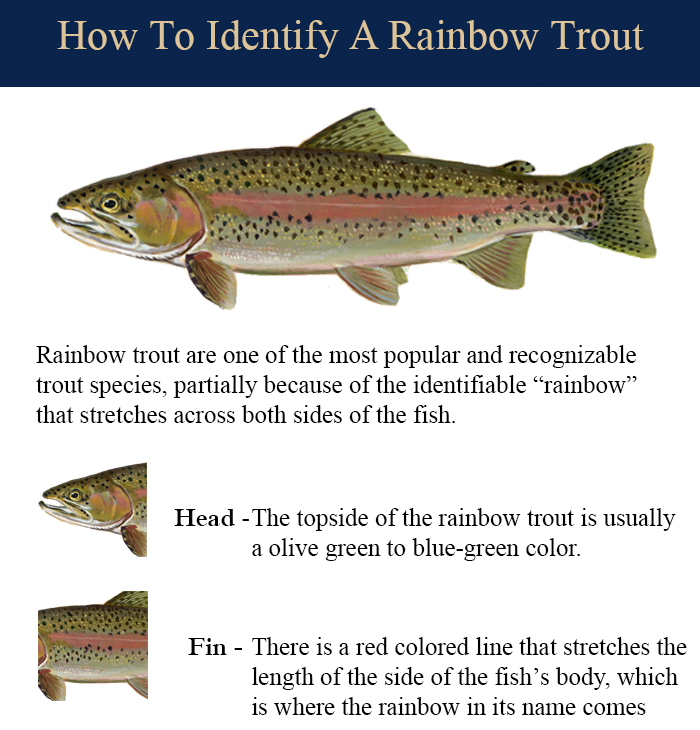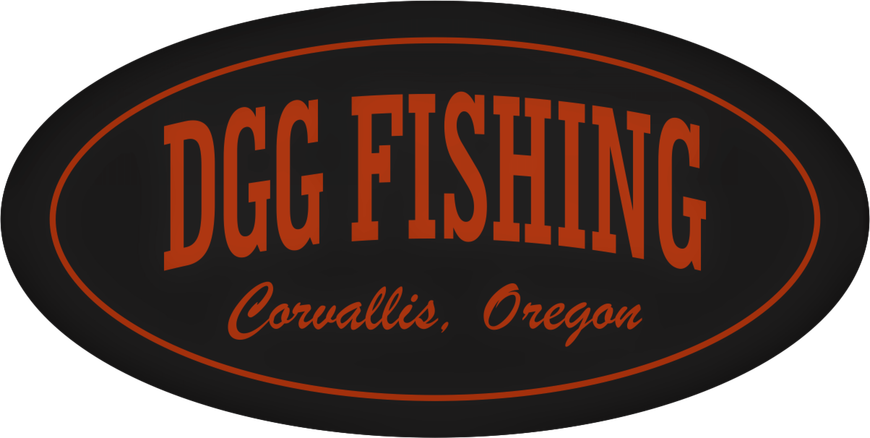Rainbow trout

Fly Fishing for Rainbow Trout in the Willamette Valley
Nestled amidst the lush Coast Range and Cascade Mountains, Oregon’s Willamette Valley is a haven for outdoor enthusiasts. The valley’s rich waterways, from meandering rivers to tranquil lakes, provide an abundance of opportunities for fly fishing, particularly for rainbow trout. Whether you’re an experienced angler or a curious beginner, the Willamette Valley offers a diverse range of fishing experiences to suit your skill level and preferences.
The Allure of Rainbow Trout
Rainbow trout are a prized catch for fly anglers due to their acrobatic fighting spirit and vibrant colors. Their iridescent scales shimmer with hues of green, blue, and purple, making them a visual spectacle. Rainbow trout are also relatively easy to catch, making them a great choice for anglers of all levels.
Fishing the Willamette Valley’s Rivers and Lakes
The Willamette Valley boasts a diverse network of rivers and lakes, each with its unique characteristics and trout populations. Among the most popular rivers for fly fishing are the McKenzie, Santiam, and Middle Fork Willamette. These rivers offer a variety of fishing conditions, from slow-moving pools to riffles and rapids.
Essential Gear for Fly Fishing Success
Before embarking on your fly fishing adventure, ensure you have the right gear to maximize your chances of success. Essential items include:
Fly Rod and Reel: Select a fly rod that matches the size of the trout you’re targeting and the fishing conditions. A 9-foot, 5-weight rod is a versatile choice for most Willamette Valley trout fishing.
Fly Line and Leader: Choose a fly line that complements your rod and the type of fishing you plan to do. A floating line is suitable for most situations, while a sinking line may be necessary for deeper water or nymph fishing.
Flies: A selection of flies is essential to match the hatches and feeding habits of the trout. Some popular flies for Willamette Valley trout include dry flies like Adams Parachutes and Royal Wulffs, and nymphs like Prince Nymphs and Stoneflies.
Waders and Boots: Waders and boots are crucial for wading into rivers and streams. Ensure your waders are properly sized and boots provide adequate traction on slippery rocks.
Accessories: Additional accessories like a fishing vest, nippers, and hemostats will make your fishing experience more organized and efficient.
Tips and Techniques for Catching Willamette Valley Trout
Timing is Key: The best time to catch rainbow trout in the Willamette Valley is during the spring, early summer, and fall. During these periods, the trout are actively feeding and more readily take to artificial flies.
Observe the Hatch: Pay attention to the insect hatches occurring on the water. Match your fly selection to the size and color of the hatching insects to increase your chances of fooling the trout.
Present the Fly Effectively: Proper fly presentation is crucial for success. Cast your fly upstream and allow it to drift naturally with the current. Use mend techniques to control the drift and mimic the movement of natural prey.
Strike with Confidence: When a trout takes your fly, strike firmly but smoothly. Rainbow trout can be easily spooked by a heavy-handed approach.
Respecting the Environment
As you enjoy the Willamette Valley’s fly fishing opportunities, remember to practice responsible angling. Always follow the regulations, leave no trace, and respect the delicate ecosystems you encounter.
Conclusion
The Willamette Valley offers an angler’s paradise for fly fishing enthusiasts. With diverse rivers and lakes, abundant rainbow trout populations, and breathtaking scenery, the valley provides an unforgettable experience for anglers of all skill levels. So, grab your fly rod, pack your gear, and embark on a fly fishing adventure in the heart of Oregon’s Willamette Valley. Tight lines!
